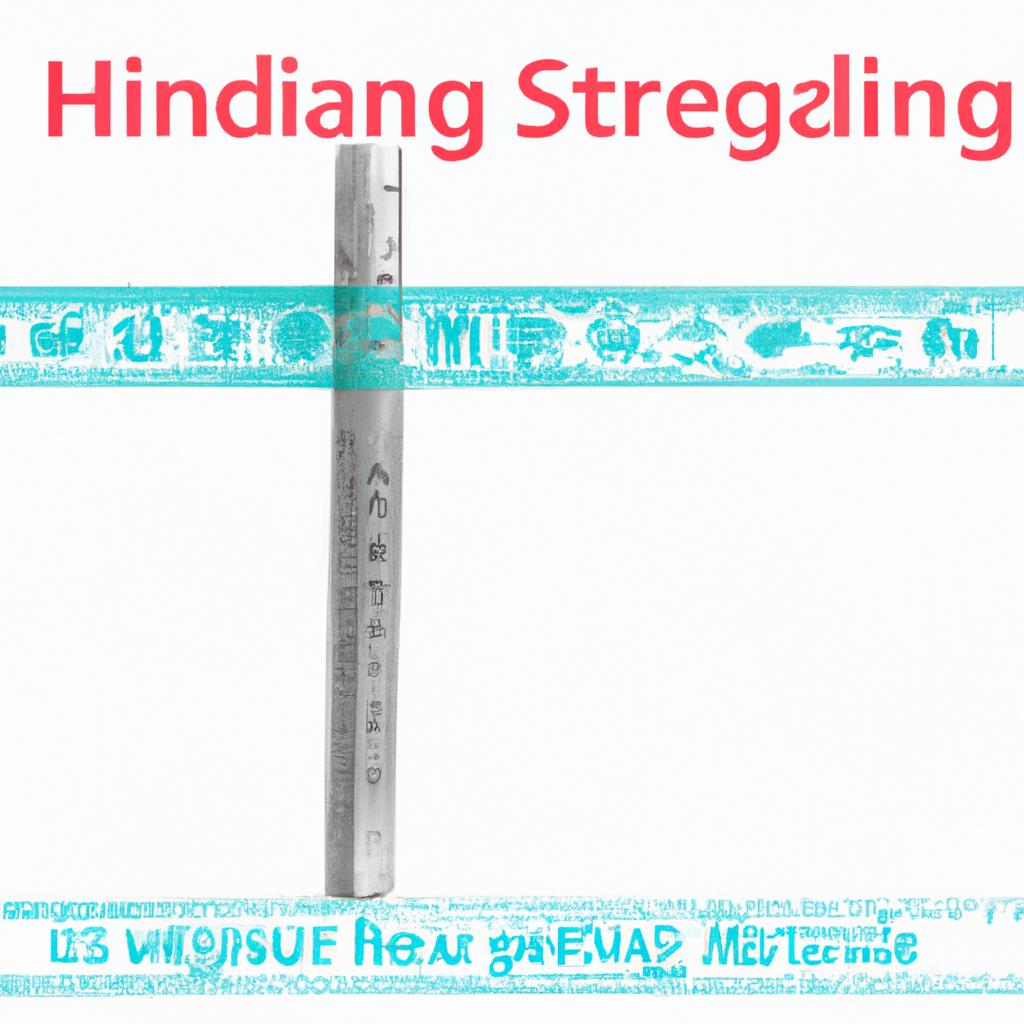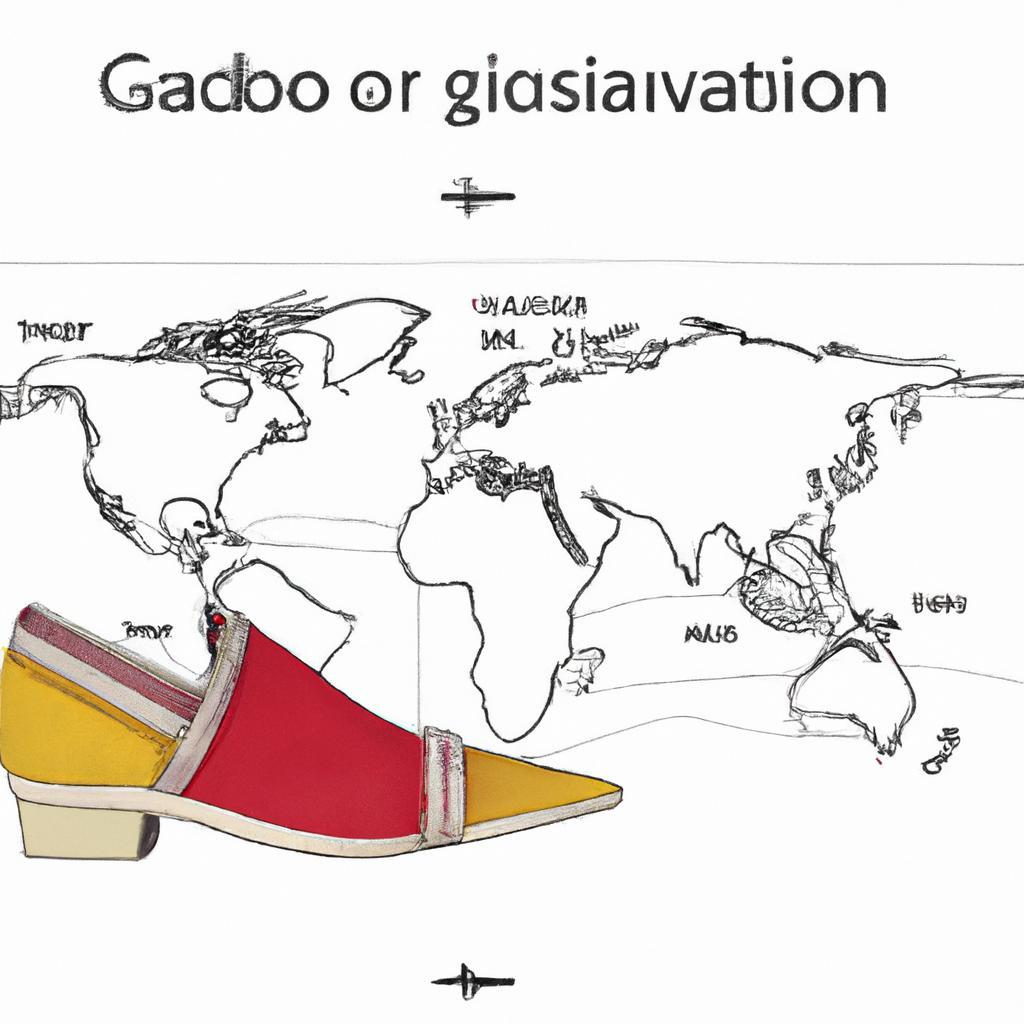Navigating Global Fashion: A Guide to Understanding Clothing and Shoe Sizes Worldwide
As our world becomes increasingly interconnected, the allure of global fashion grows ever stronger. With a multitude of cultures contributing unique styles and trends, the international marketplace is richer and more diverse than ever before. But as we eagerly embrace the latest runway looks or chic street styles from far-flung corners of the globe, a hidden challenge often lurks in the fabric of our wardrobes: sizing.
From the elegant silhouettes of Paris to the edgy streetwear of Tokyo, clothing and shoe sizes can vary dramatically between countries, posing a potential pitfall for the savvy shopper. Inconsistencies can lead to frustration and disappointment upon receiving a much-anticipated outfit or pair of shoes that simply doesn’t fit as expected.
In this guide, we’ll unravel the complexities of international sizing systems, providing you with the tools to navigate this intricate landscape with confidence. Whether you’re shopping online or exploring boutiques during your travels, understanding these sizing differences can open the door to a world of fashionable possibilities. Join us as we delve into the nuances of global sizing, ensuring that your journey through international fashion is as seamless and stylish as the garments themselves.

Understanding International Size Standards
When it comes to clothing and shoe sizes, the world can feel like a puzzle, with each region having its own set of measurements and standards. From the **US** system to **European** sizing, understanding these variations is crucial for navigating global fashion. Each country employs different sizing charts, which can lead to confusion when shopping internationally. For instance, a size Medium in one country might not correspond to the same dimensions in another. This inconsistency emphasizes the need for shoppers to familiarize themselves with various size conversions, ensuring they choose the right fit whether browsing online or exploring local boutiques.
The following table provides a helpful overview of common international clothing size conversions for women’s apparel:
| US Size | UK Size | European Size |
|---|---|---|
| 2 | 6 | 34 |
| 4 | 8 | 36 |
| 8 | 12 | 40 |
| 12 | 16 | 44 |
In the realm of footwear, sizes can be equally disparate, with measurements in centimeters often being a common ground. Consumers may encounter size systems that utilize **Mondopoint**, which aligns shoe length precisely to the foot’s length in millimeters. This method offers a more accurate representation of fit, catering both to comfort and style. Understanding the conversion from US to Mondopoint can drastically reduce the likelihood of buying ill-fitting shoes, making it a vital aspect for globetrotting fashion enthusiasts.

Decoding Regional Variations in Fit
When navigating the world of fashion, understanding that fit is not one-size-fits-all is essential. Different regions often have distinct sizing standards that reflect cultural preferences, body shapes, and even local fashion trends. For example, **European sizes** typically prioritize a more tailored appearance, while **American sizes** may offer a looser cut, appealing to comfort over form. In Asia, sizes might skew smaller, necessitating conversions for Western shoppers seeking that perfect fit. Thus, awareness of these differences can save time, reduce frustration, and enhance your wardrobe choices across geographies.
One effective way to make sense of these variations is through the use of size conversion charts, which help bridge the gap between differing systems. While many brands will provide their own charts, standard metrics can serve as a helpful guide. Below is a simplified comparison of clothing sizes from the US, UK, and EU, showcasing how one size may reflect in different markets:
| US Size | UK Size | EU Size |
|---|---|---|
| 4 | 8 | 36 |
| 8 | 12 | 40 |
| 12 | 16 | 44 |
In addition to clothing, footwear also exhibits significant regional discrepancies. This can be attributed not only to production standards but also to cultural influences concerning foot shape and comfort levels. Widely varying **shoe sizing systems**, such as US, UK, and Mondopoint, can leave consumers puzzled. By grasping these variations and keeping conversion tools handy, shoppers can ensure that their global fashion adventures are as seamless as possible, letting personal style shine without the hiccup of improper fit.

Practical Tips for Shopping Across Borders
When venturing into the world of international shopping, it’s essential to arm yourself with a few practical strategies to ensure a smooth experience. One useful tip is to **keep a size conversion chart** handy. Familiarize yourself with the commonly used sizing standards, such as US, UK, EU, and ASIA sizes. Understanding that sizes may vary significantly across different regions can save you from the frustration of an ill-fitting garment. Also, take advantage of online retailers that provide size guides with measurements in inches and centimeters, which can help you make informed decisions.
Another great approach is to **connect with local brands** that ship internationally. This not only supports burgeoning designers but also helps you gain insights into the sizing practices unique to each country. Sometimes, local retailers will offer **user reviews and sizing feedback** that can provide tremendous value. Additionally, consider the following tips when finalizing your purchase:
- Check return policies - ensure they are flexible for international returns.
- Look for customer service contacts – having a reliable point of contact can ease concerns about sizes and fit.
- Evaluate fabric types and care instructions – different climates may influence garment durability and appearance.
To Conclude
In a world where fashion knows no borders, understanding the nuances of clothing and shoe sizes becomes essential for the global citizen. As we’ve journeyed through the landscape of international sizing, it’s clear that a well-fitted outfit can make all the difference, not just in comfort but in confidence. Armed with the insights from this guide, you can now navigate the diverse sizing systems with ease, whether you’re shopping online from afar or embarking on a globe-trotting adventure.
Remember, fashion is more than just fabric; it is a universal language of self-expression. By taking the time to learn about sizes across cultures, you’re better equipped to embrace the rich tapestry of global style while ensuring a perfect fit. So, as you step into your next pairing of shoes or don your newest attire, may you do so with the knowledge that transcends borders, allowing you to fully enjoy the vibrant world of fashion that awaits you. Happy styling!
